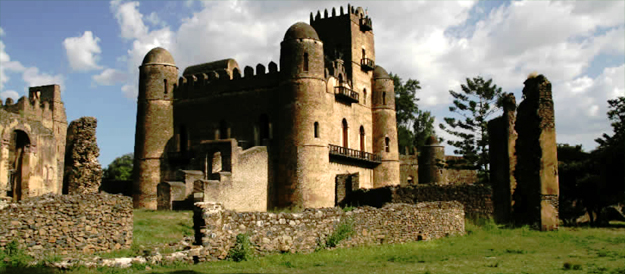Fasil Gebbi Portrait of Ancient Luxury
OPINION
By Eden Sahle
The stunning creation of the 17th century, Fasil-Gebbi (royal enclosure) is found in the historical town of Gondar covering 70,000 square meter area. The site was inscribed as UNESCO’s World Heritage site since 1979. Back in the time of King Fasilidas, in 1636 this place was established as a permanent capital of Ethiopia. The antique Gebbi consists six major complexes and other ancillary buildings, surrounded by a wall having 900 meters circumference. It has twelve entrances and three bridges.
The masterpiece has been the castle for several Ethiopian emperors and their successors. The mansion, which is influenced by Hindu and Arab construction styles ,was erected during reign of king Fasilides who was famously known for masterminding seven churches and a number of bridges. The huge towers and artistic walls also resemble medieval Europe demonstrating a remarkable interface between local and international cultures.
The wide compound consists of eight properties. The Castle of Emperor Fasilidas, the Castle of Emperor Iyasu, the Library of Tzadich Yohannes; the Chancellery of Tzadich Yohannes; the Castle of Emperor Dawit, the Palace of Mentuab and Banqueting Hall of the Emperor Bekaffa. The remaining seven constructions are located around the city. The Debre Berhan Selassie (Monastery and Church); the Bath of Fasilidas; Kiddush Yohannes; Qusquam (Monastery and Church); Thermal Area; the Sosinios (also known as Maryam Gebbi); the Gorgora (Monastery and Church) and the Palace of Guzara contain some of Fasilides legacies.
Among the unique designs of the buildings are the oldest Enqulal Gebbi (oval shaped residence) and the two-story building which has rectangular bathing pool. The pool water was pumped through a canal from nearby Qaha River.
The bathing pavilion and the rooms stand on pier arches connected through stone bridges. Surrounded by ancient rock hewn UNESCO registered heritages the entire city has several palaces, churches and monasteries.
Source: The Ethiopian Herald




